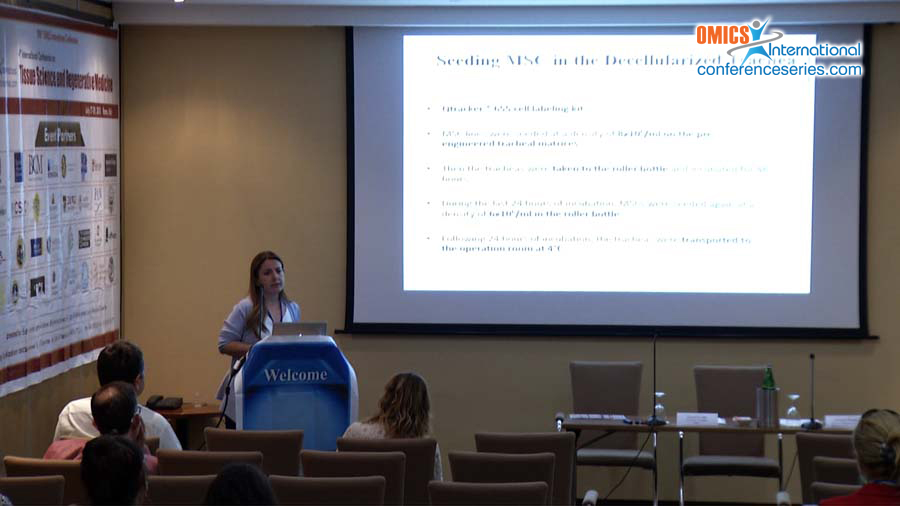
Aysegul Batioglu-Karaaltin
Istanbul University Cerrahpasa School of Medicine
Turkey
Title: Invivo tissue engineering trachea using adipose derived mesenchimal stem cell and Cadaveric tracheal scaffold
Biography
Biography: Aysegul Batioglu-Karaaltin
Abstract
Tracheal transplantation appears promising, especially for the patients who have been followed in intensive care units for a long time and who have received recurrent operations after traffic accidents or malignancies and, as a result, have to live with a tracheostomy for the remainder of their lives because of the diagnosis of tracheal stenosis. The treatment of tracheal defects longer than 6 cm (approximately half of the total length of trachea) is still controversial. Autograft materials, cadaveric tracheal allotransplantations, vascularized allotransplantation, cadaveric trachea decellularisation were tried. Cadaveric trachea decellularisation followed by seeding with autologous stem cells of the recipient is the best method with no need to use immunosuppressive medication, no requirement for the second major surgical procedure. Successful human transplantations have also been performed using this technique with bone marrow-derived MSCs. We published first successful in vivo tissue engineered trachea regeneration from a decellularized cadaveric trachea matrix with seeded adult adipose tissue-derived MSCs which was integrated into the recipient tracheal sides. It is required to protect the three dimensional structure of the trachea and its extracellular matrix during decellularisation process. The previous studies mostly employed detergent enzymatic method (DEM) and its modifications for tracheal decellularisation. Although ionic detergents used for trachea decellularisation are very effective in removing cellular remnants, they damage the natural structure of the tissue by affecting the integration of the extracellular matrix. We used combined decellularisation method called protected matrix decellularisation (PMD) which was developed by our group. And we control test of decellularisation both for rabbit and human cadaveric tracheas. As a result new protected matrix decellularisation followed by seeding with autologous adipose tissue-derived MSCs which have same origine with chondrocytes and chondrogenic differansiation is known as higher than other stem cells is promising for trakeal reconstruction.

